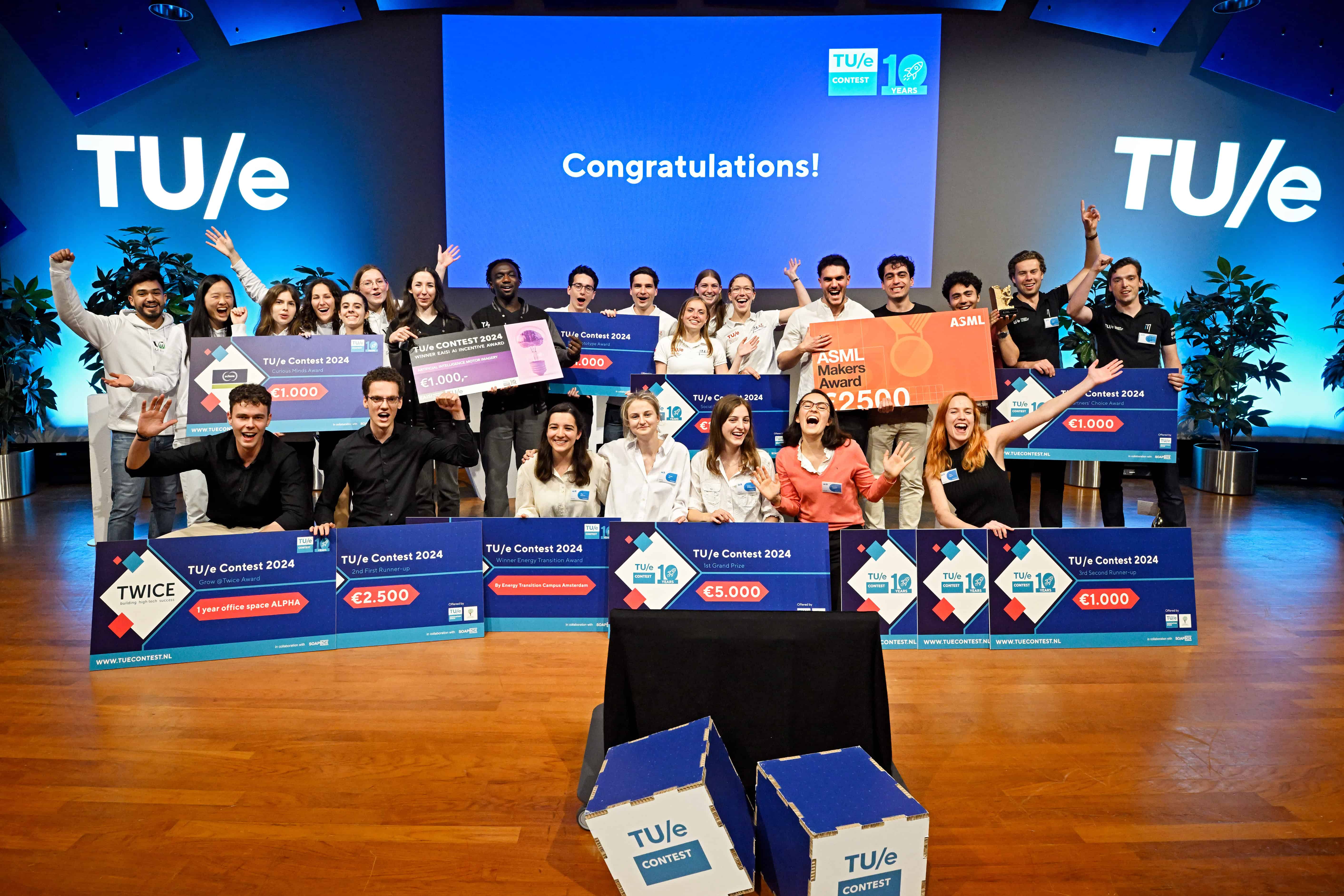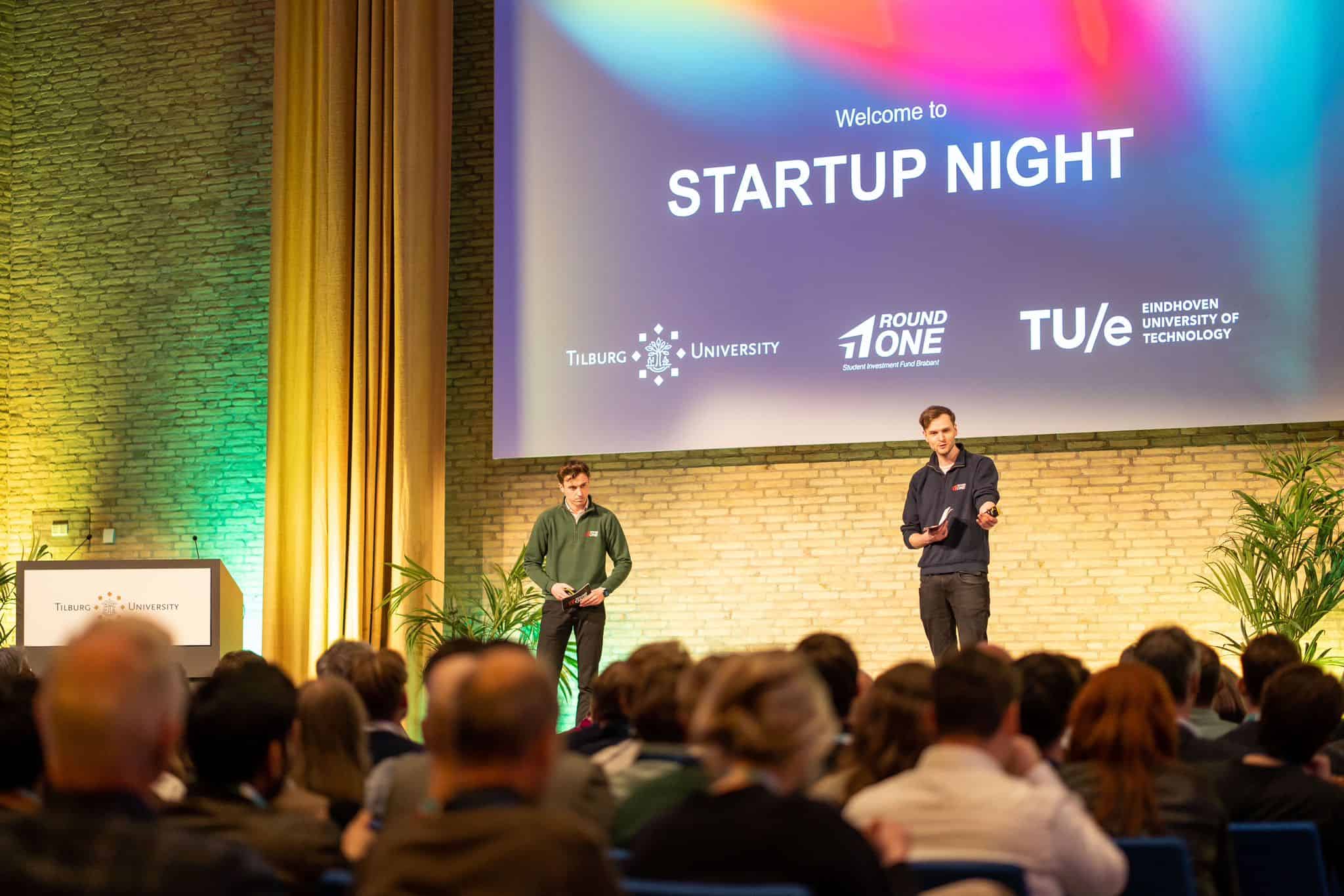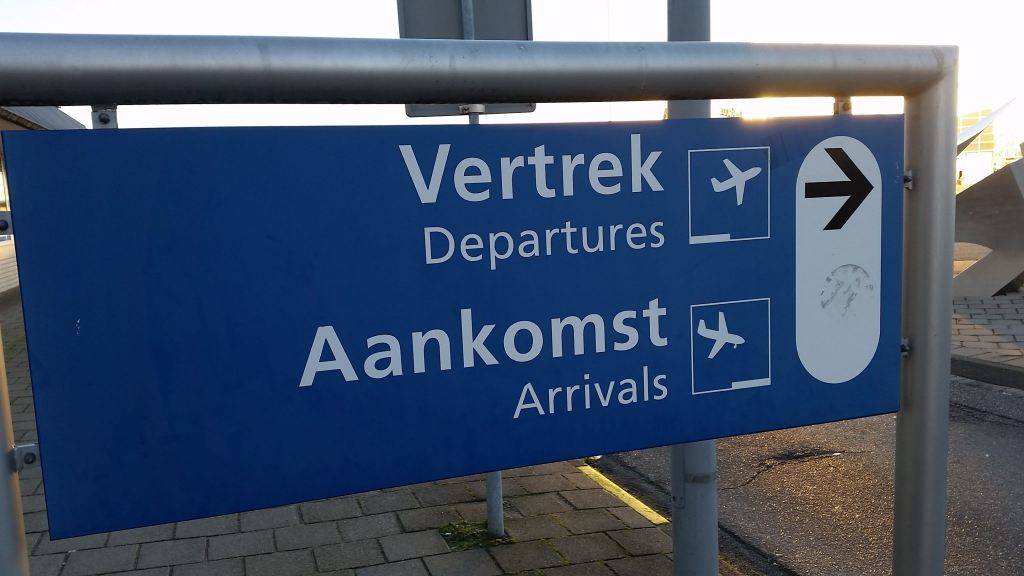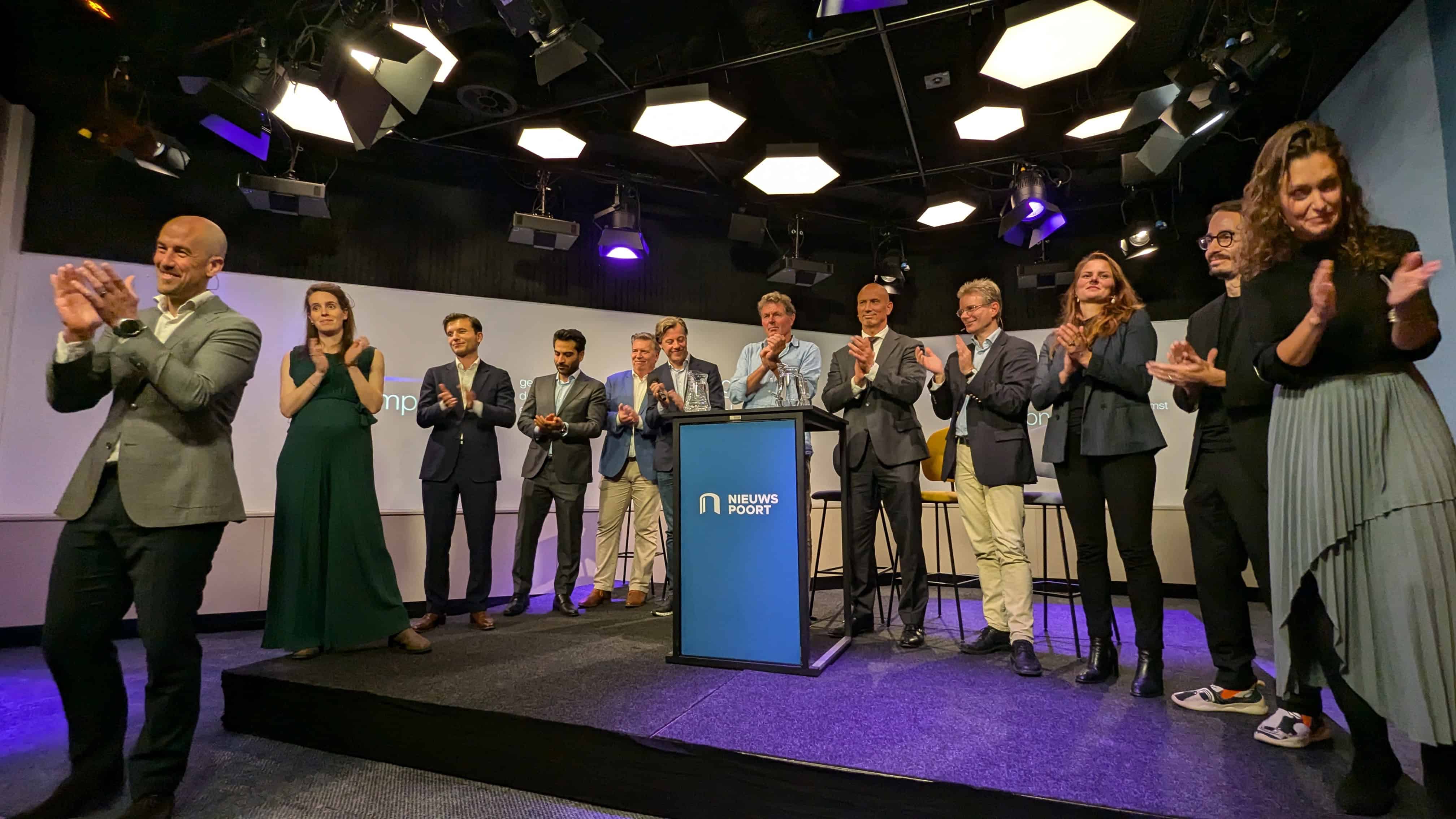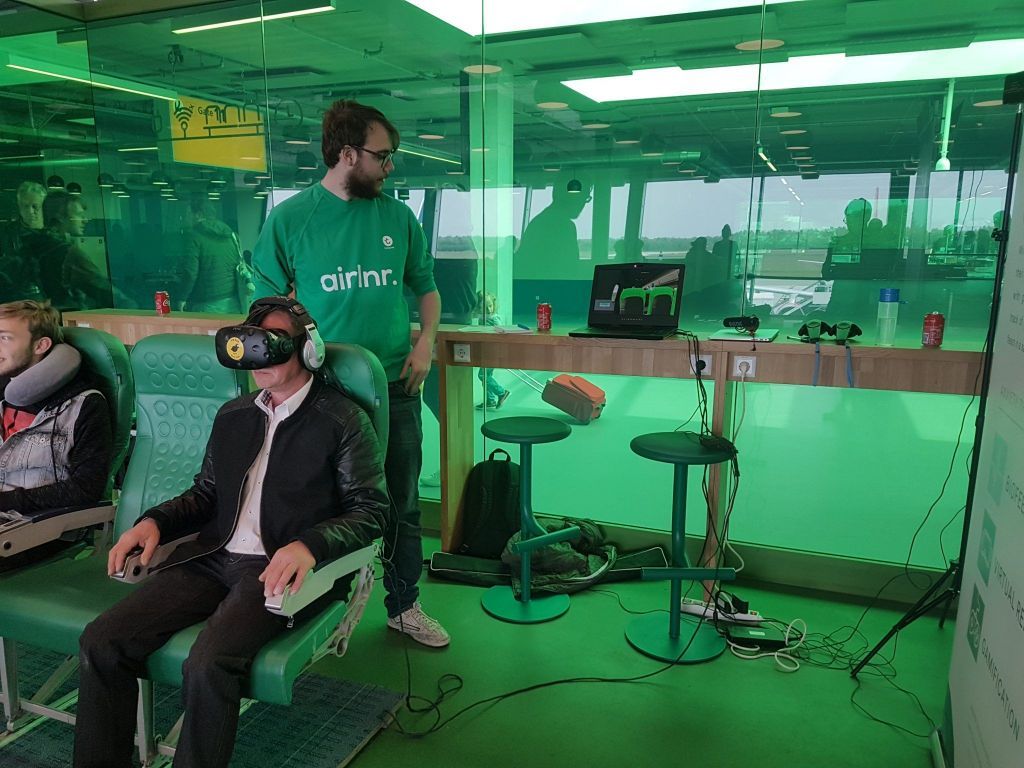
Instead of waiting full of anxiety until they were allowed to board, holidaymakers at Eindhoven Airport could already take a flight in VR. Together with Transavia, the Eindhoven start-up of Fontys students MindMansion conducted a test among passengers to see if the fear of flying can be taken away by VR-therapy.
Until now, MindMansion has mainly had experience with VR-therapy in the care sector. For example, they are part of the VR-hub of the GGzE. But when Transavia came knocking on the door, it was an opportunity. “We want to use VR-therapy to improve the treatment method for anxiety in care, but in order to do that properly, we have to prove ourselves. With such a cooperation, that is possible.” Says Lisa Slegers, co-founder of MindMansion. By filling out a questionnaire before they put on the VR-headset and doing the same when they landed, they measure whether the therapy works.
Transavia has been busy with fear of flying for some time now. Two years ago, the airline already provided passengers with sensors that measure the heart rate, breathing and skin temperature during a flight. “This allowed us to see when passengers experience stress during a flight. This turned out to be the case during take-off, landing and turbulence, but also during corners and sounds on board. This survey showed that 27% of our passengers experience some form of air travel,” says Brit Haarmans, Innovation Lead at Transavia. With these results, the company has set to work and has now made more information available about air travel, including tips for dealing with it. “We want to remove the fear of flying from our passengers and lower the threshold for dealing with your fear. That’s why we went looking for a company that developed VR-therapy. That’s how we came into contact with MindMansion.”
For the start-up, this collaboration is only the beginning: “Our goal is to help as many people as possible to get a grip on their fears and to take them away. We can offer you tools to deal with your fears because you can practice with exposure in a safe environment. It really is a tool to improve the treatment, because exposure therapy still takes a lot of time. Exposure to fears is a good way to treat them and VR can evoke those fears,” says Slegers. But the accessibility of VR therapy also depends on technological developments. “A few years ago, you still needed a big setup and now there are already wireless headsets. Hopefully, people will be able to do this at home as well in a few years’ time. Because at the end of the day, we want to make care easier. Some people wait too long for treatment because the threshold is still too high. While, if you take care of it sooner, you can prevent that fear from getting worse.”



